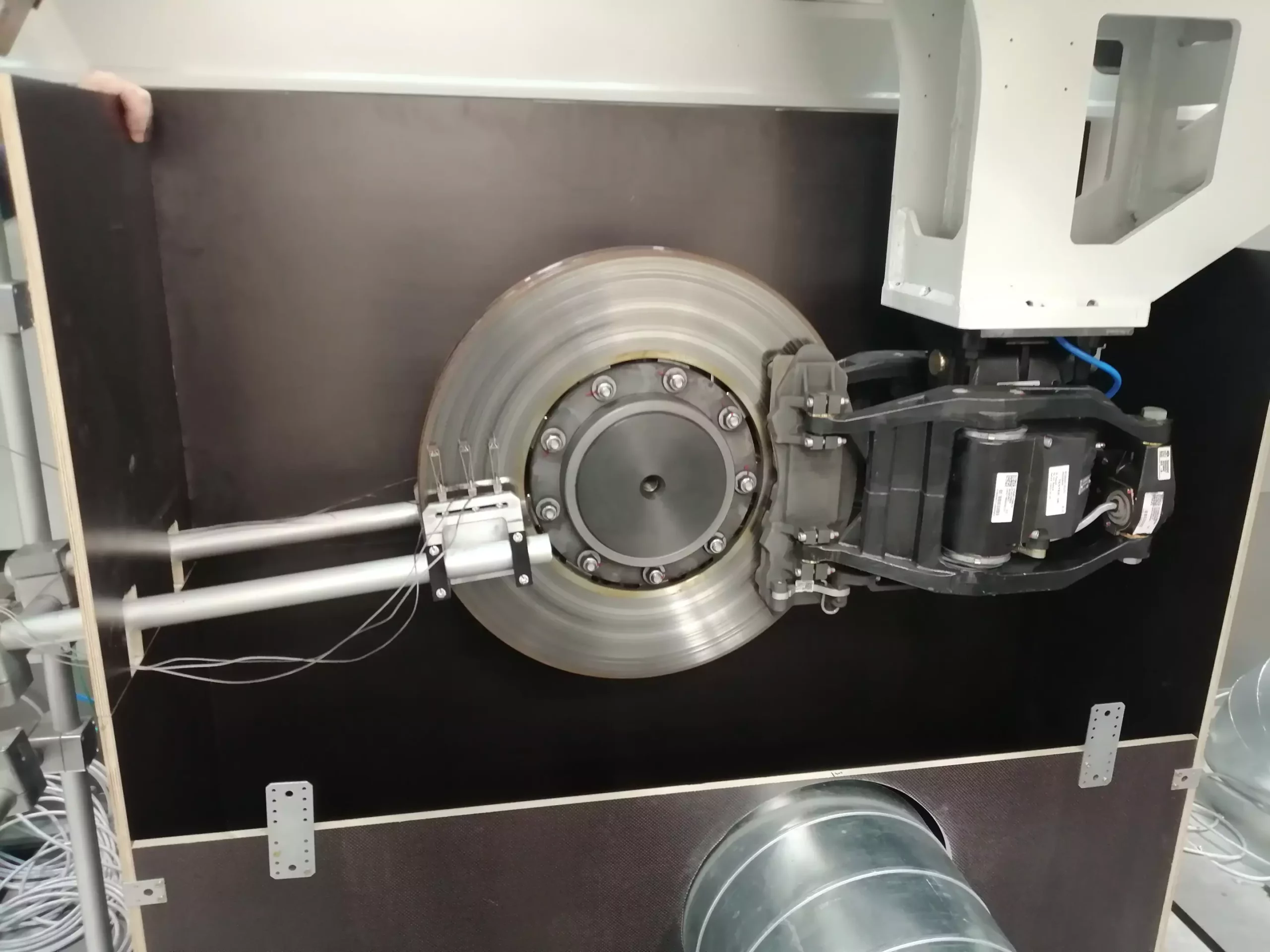When it comes to assessing the environmental impact of traffic, most of the focus has been on exhaust emissions from road vehicles. However, a recent study commissioned by the German Center for Rail Transport Research has shed light on the importance of considering abrasion emissions from rail transport as well. Researchers from the Institute of Thermodynamics and Sustainable Propulsion Systems at Graz University of Technology have found that these non-exhaust emissions have a significant influence on air quality and soil pollution.
The study revealed that areas along railway line sections with increased braking, such as station approaches and sections with speed limits, experience higher levels of abrasion emissions. In fact, the abrasion emissions from rail vehicles in these areas can reach values of up to 25 micrograms of particulate matter in the PM10 category per cubic meter as a daily average. This is already half of the permissible limit of 50 micrograms per cubic meter. As the distance from the railway lines increases, the pollution decreases, but the fine particulate matter still finds its way into the soil and water, contributing to further environmental pollution.
One of the key findings of the study was the significantly higher proportion of heavy metals in railway emissions compared to other modes of transport. This results in more heavily polluted deposits in the surrounding areas. Chemists involved in the project were able to detect these residues in bodies of water, highlighting the far-reaching consequences of rail transport on the environment.
To determine the composition and source of the abrasion particles, researchers conducted in-depth analyses in various laboratories. They tested brake pads in a new brake test rig for rail vehicles at TU Graz, analyzed the abrasion of the contact wire and pantograph at Politecnico di Milano, and scrutinized the wheel-rail contact at DB Systemtechnik in Berlin. By collecting data from these analyses, the researchers were able to attribute the emissions to air, soil, and water, painting a comprehensive picture of the impact of non-exhaust emissions from rail transport.
The lead researcher, Daniel Fruhwirt, emphasized the significance of the study’s findings, stating that non-exhaust emissions from rail transport are not negligible. While these emissions may not single-handedly exceed pollutant limits, they certainly contribute to the overall mix of environmental pollutants. This research underscores the importance of considering all sources of emissions when evaluating the environmental impact of different modes of transport, and highlights the need for sustainable solutions to reduce pollution from rail transport.


Leave a Reply